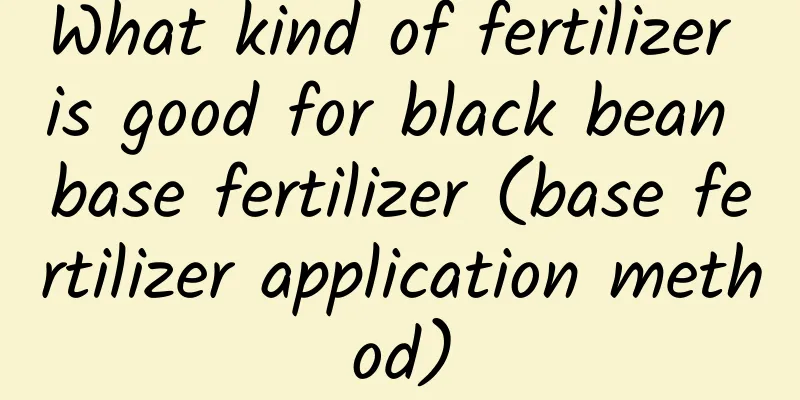Mage soil ratio

1. Soil ratioThe Master is more suitable for growing in breathable soil with certain nutrients. In fact, its requirements for soil are not high. It can grow even if pure garden soil is used. Coarse sand, garden soil and peat soil can be mixed in a ratio of 2:1:1. If you are planting Master seedlings, you can mix peat soil, granular soil and river sand in a ratio of 6:3:1. The granular soil can be vermiculite, medical stone or volcanic rock. If you are planting old stumps of Echeveria, you can mix granular soil and nutrient soil in a ratio of 3:2, and also add some base fertilizer. If conditions permit, you can add some bone meal or wood ash to the prepared soil and use it as base fertilizer, which will help the plant grow better. 2. Pay attention to soil useAfter preparing the soil, it is best to disinfect it, because the soil you prepare yourself may contain some bacteria. If you plant other plants, there may be insect eggs in the soil. Therefore, it is necessary to use high temperature disinfection first to avoid bacteria hindering its growth after planting the master. |
<<: How to make Chlorophytum comosum bloom more
>>: How to plant sea red bean seeds
Recommend
When is the best time to plant autumn cowpea?
Cowpea is also called rice bean, string bean , lo...
Complete guide to fertilizing honeysuckle!
Fertilization method: 1. In winter, apply some fe...
The process of loofah germination
The process of loofah germination Before planting...
Can I plant a mulberry tree in front of my door?
Can I plant a mulberry tree in front of my door? ...
How to water Elm in winter
Watering of Elm in Winter In winter, the small-le...
How to grow leek
1. Breeding environment 1. Soil: It is best to us...
Can I grow poinsettias if I'm pregnant?
It is generally not recommended to grow poinsetti...
How to make tea with lotus leaves? Is it good for your health?
1. How to make tea 1. Select leaves: When making ...
How many years does red pine bear fruit?
Introduction to Planting Korean Pine Korean pine ...
Varieties of potted lotus
Varieties of potted lotus Little Dancing Princess...
How to care for poinsettia in winter
Light Management for Poinsettias in Winter Poinse...
Is it okay to keep the Queen Ruyi indoors?
Is this plant suitable for indoor cultivation? He...
Don’t clean up the dead leaves of succulents? It would be bad if pests appeared
Dry leaves explained 1. For plants like Sedum and...
Can Lycoris be grown indoors?
Can Lycoris be grown indoors? Lycoris radiata can...
How to identify lychee grass
1. Blades The leaves of Litchi grass are elliptic...









